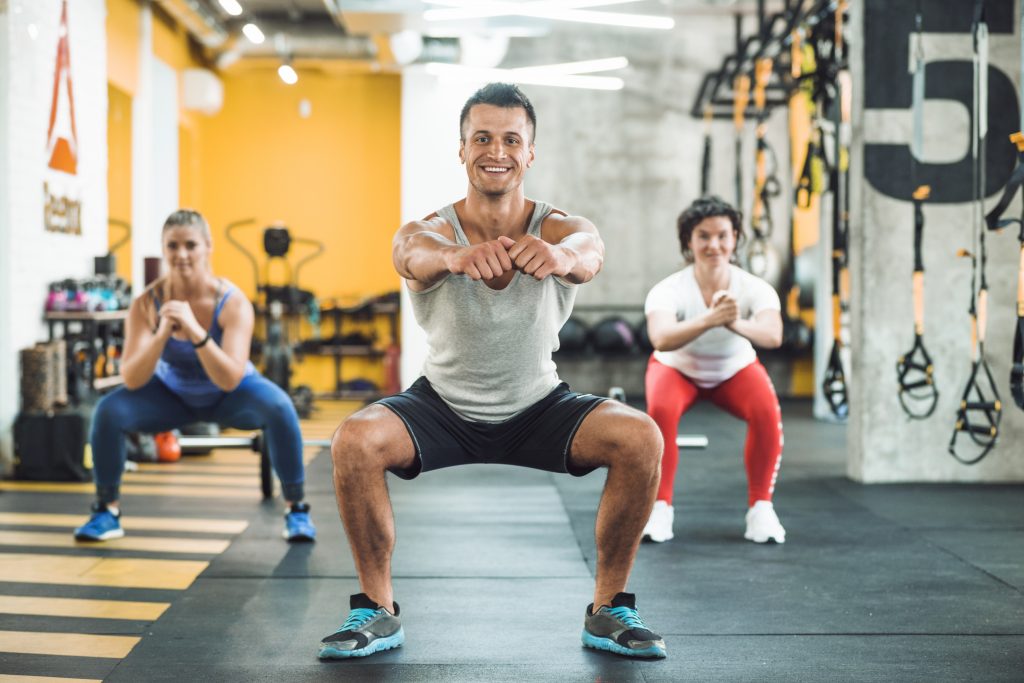The Major Health Benefits of Squatting & Kneeling!
Research suggests you’re not just doing your knees a favour.
- According to a new study, active resting postures like squatting and kneeling can increase your overall health.
- While you would benefit from crouching down into a squat while watching TV or kneeling as you eat, it’s best to ease your muscles into this type of regular practice by finding ways to increase your muscle activity in everyday life.
Sedentary behaviour has a bad reputation for a good reason – previous research has linked it to metabolic problems, cardiovascular disease, obesity, and more. But a recent study suggests it’s not simply being sedentary that might be problem, but the way you’re holding yourself during inactivity.
The research, published in the journal Proceedings of the National Academy of Sciences, details how a team of researchers followed the movements and health of the Hadza, a hunter-gatherer community, and their level of heart disease and metabolic disorders.
For the study, people wore devices that measured physical activity and periods of rest. Although they had high levels of physical activity – more than three times what’s advised by U.S. federal health guidelines—they also spent about nine to 10 hours a day at rest, about the same amount as people in in developed societies, the researchers noted.
RELATED: 8 Killer Gym-Free Moves To Smoke Your Entire Body
Despite all that sedentary time, they didn’t have the same negative health outcomes commonly associated with sedentary behaviour.

“This study suggests it may not be the time spent inactive that is most important for human health, but the ways in which we rest that have an impact,” lead study author David Raichlen, Ph.D., professor of human and evolutionary biology at the University of Southern California, told Runner’s World. “The Hadza are often resting in postures that require their muscles to maintain light levels of activity, either in a squat or kneeling.”
Although this hypothesis needs further testing, he added that human evolution likely included long periods of rest in active postures like squatting and kneeling – just like those demonstrated by current hunter-gatherer populations – and that’s potentially one of the factors that increase health overall.
“These active rest postures like squatting and kneeling lead to higher levels of muscle activity,” Raichlen said. “In turn, that requires energy.”
The energy most likely comes from the breakdown of lipids (fats) in your cells, which reduces the amount of triglycerides (a type of fat) that circulates in your bloodstream, providing fuel for your muscles to work.
“We didn’t measure those effects, but we will in the future,” he said.
RELATED: Why All Runners Should Be Doing Squats!
Does that mean you could benefit from crouching down into a squat while watching TV or kneeling as you eat? Although that would provide advantages, these postures are actually difficult for most people who haven’t grown up doing them, Raichlen said.
In fact, if you’ve spent a good deal of time sitting in regular chairs, it’s likely that your hip flexors may be too tight to get into a proper full squat with your feet flat on the floor. It’s helpful to start practicing coming into a squat gradually, but in the meantime, Raichlen suggests simply finding ways to increase muscle activity during work and leisure time.
“Break up long periods of sitting with standing or walking breaks,” he recommended. “Think of these squatting and kneeling postures more as a model for why we should find ways to enhance muscle activity throughout the day.”
READ MORE ON: squat squatting strength workout strength-training workouts

